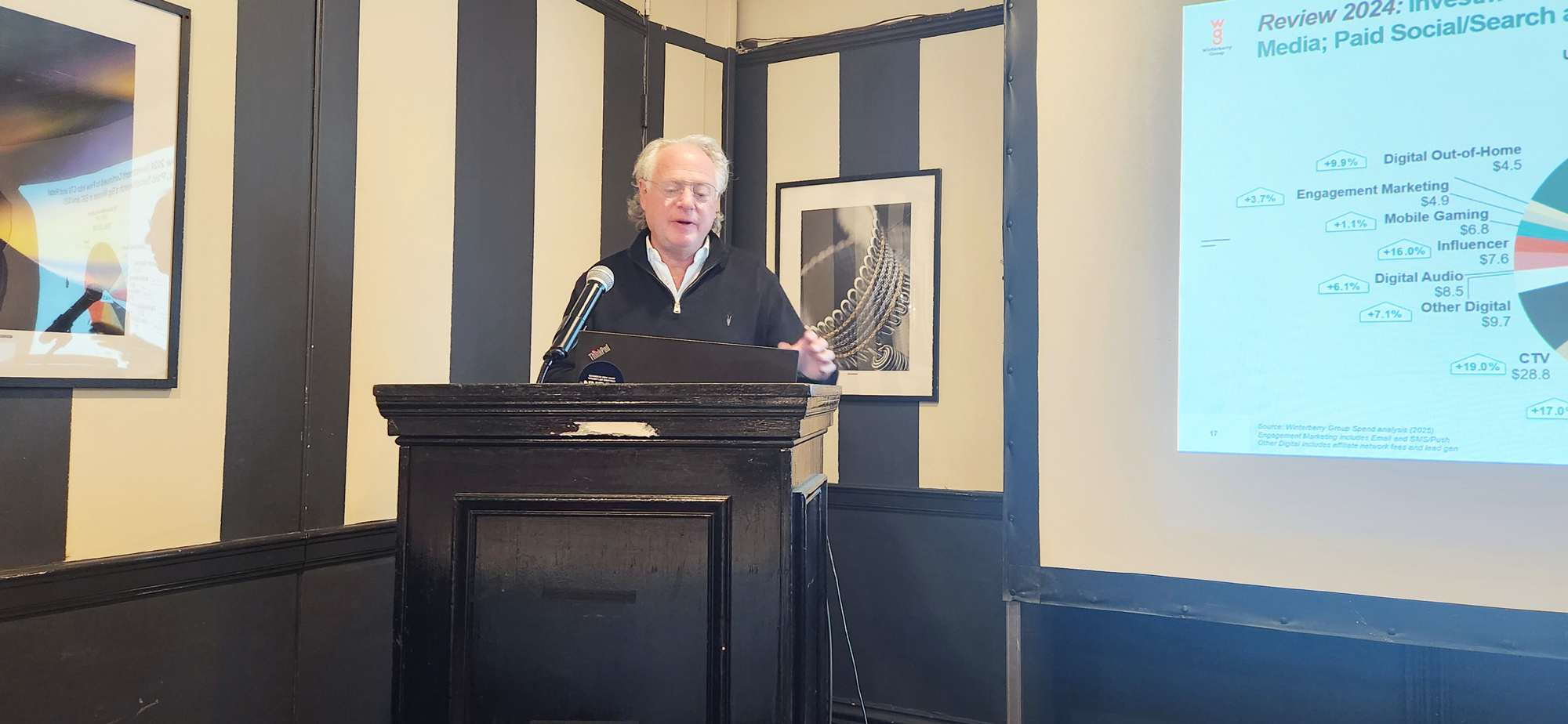
More than half of the employed adult workforce isn’t engaged at work, and only one quarter is actively engaged. This lack of engagement negatively impacts the customer experience and can stall digital transformation efforts.
These are findings from Strativity Group’s National IMCO Employee Engagement Study, based a survey of more than 30,000 working adults in the United States. According to the study, companies, particularly managers, aren’t doing enough to engage employees in the workplace, leading to customer disengagement, as well.
Workers polled are disengaged because they see the influx of digital technology as a threat. Some fear that technology will eliminate their role; others don’t see how they can work with the new technology, says Lior Arussy, president of Strativity Group, a customer experience strategy and design firm.
Disengaged employees, which comprise 22 percent of the workforce, are putting in the minimum effort required at work and could be actively undermining any positive traction companies achieve with consumers, according to the study. A further 32 percent of employees are “non-engaged” or indifferent at work, which passively undermines positive consumer engagement.
Workers at brick-and-mortar retail locations, for example, typically aren’t engaged with customers beyond processing transactions and answering basic questions. Most information retail workers provide customers adds nothing more than what the customers can get from a digital interaction, Arussy adds.
The same is true in other industries. “Banks have asked customers to download their apps for conducting transactions and employees can’t see their role as a new type of banker,” Arussy says.
Increasingly, these situations occur because management isn’t training workers on how to engage customers and isn’t communicating how employees should operate in today’s evolving sales environment.
Banks, retailers, and other companies are adding digital capabilities and are encouraging customers to use them without taking into account the human impact on their own employees, Arussy explains.

“When we ask company leaders about this, the knee jerk reaction is that they don’t have the time to explain it to [their employees],” Arussy says. “But companies cannot have a good online presence until they engage the [in-store and contact center employees] in being co-creators of the digital experience.
An area where many companies fall far short in this effort, according to Arussy, is in training their managers. Employees who lack engagement won’t improve until their managers can effectively communicate how they should engage with customers.
The study also found that most actively engaged employees are over 55, work directly with customers, and work in small companies.

Employee types who tended to be more Actively Engaged or Disengaged
Arussy’s advice for improving employee engagement?
Be vocal: Clearly communicate the company’s business, customer experience, and digital strategies to employees. And, clarify how their role and contribution supports those strategies.
Be connected: Build opportunities for employees to interact with the leadership team. Creating connections that allow employees to hear directly from company leaders will help build confidence in the company’s strategies and direction.
Be an example: Company leaders and managers need to demonstrate the behaviors they expect from all employees. Executives who want their staff to embrace technology or provide outstanding customer experiences need to do so themselves.
Be inclusive: Create an environment where employees feel heard and, as a result, will feel that they’re a valued part of the company and its evolution.
Be collaborative: Build a culture that values teamwork, and present opportunities for employees to work in teams not only within a department, but also across functions.
Be loyal: When a company establishes a culture and environment that clearly values employees and their contributions, and supports their growth, most employees will, in turn, stay longer, be more engaged, and be more willing to evolve along with their company.

About the Author
Phil Britt has spent 40 years as a professional journalist, with work appearing in various newspapers and magazines, and on numerous websites. Phil is CEO of S&P Enterprises, a full-service editorial services firm in suburban Chicago. He covers financial services, technology, marketing, robotics and the plastics industry.
Reach Phil via LinkedIn or at spenterprises@wowway.com










